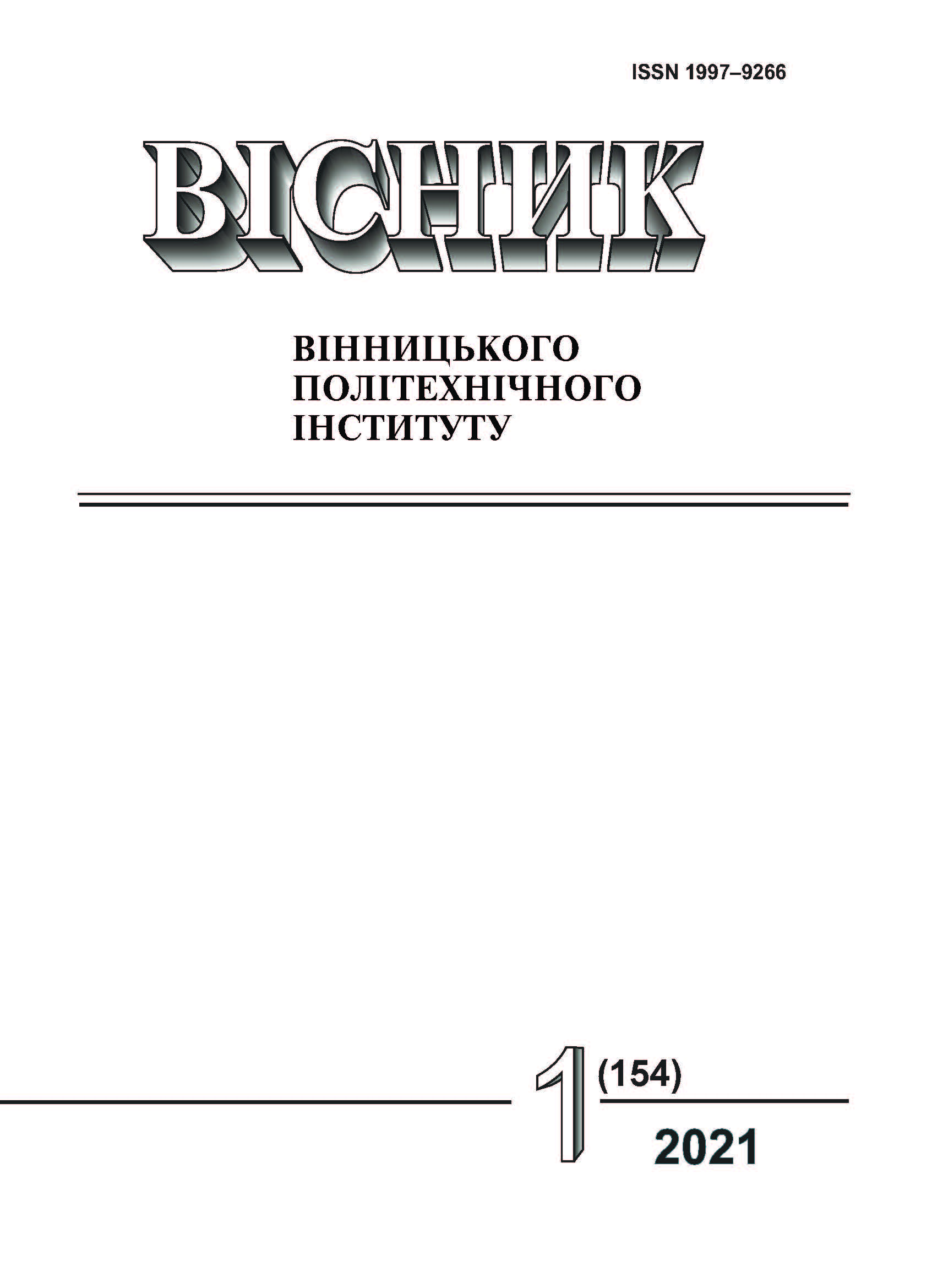The Approach to Quality of IT Service Management in IT Infrastructure Based on Logical Management Objects with the Potential Time of Release
DOI:
https://doi.org/10.31649/1997-9266-2021-154-1-88-94Keywords:
ИТ-инфраструктура, управление ИТ-инфраструктурой, управление нагрузкой, уровни ресурсов, качество ИТ-услуг, QoSAbstract
An approach to the management of the quality of IT services in the IT infrastructure based on the abstraction of the real components of the IT infrastructure and bringing the latter to the logical objects of management and the use of expected release time parameter is proposed. This additional parameter of the distribution of incoming requests is one of the known properties of the control object, despite the fact that it remains a random variable. The application of such an approach to management is possible with a minimum number of components responsible for processing or calculation without the need to clarify their internal structure, but only by summarizing their relationship and the characteristics of input and output effects.
In addition, to study the effectiveness of the proposed approach, a simplified model of IT infrastructure was developed using the simmer tool for modeling discrete events. The simplified model allowed to compare the available methods of resource allocation, among which were: random, circular, the method of choosing the shortest queue. At the highest level, an improved way of selecting computing resources was proposed. The relationship between the time during which the resource was loaded and the relative availability of the resource was used as an objective function for improvement. The application of such objective function has increased the performance of the IT infrastructure from the perspective of relation between finished requests and total requests. In summary, the proposed method takes into account three components: the time of employment of the resource, the computational potential and the waiting potential, while the computational potential is considered with higher priority.
References
M. P. Papazoglou, P. Traverso, S. Dustdar, and F. Leymann, “Service-Oriented Computing: State of the Art and Research Challenges,” Computer, vol. 40, no. 11, Nov. 2007, pp. 38-45. https://doi.org/10.1109/MC.2007.400 .
ITU, TSS. “Terms and definitions related to quality of service and network performance including dependability.” Recommendation E 800 , 1994.
А. И. Ролик, С. Ф. Теленик, и М. В. Теленик, Управление корпоративной ИТ-инфраструктурой. Киев, Украина: Наукова думка, 2018, 576с.
O. Rolik, V. Kolesnik, and D. Halushko, “Decomposition-Compensation Method for IT Service Management.,” in: Kulczycki P., Kóczy L., Mesiar R., Kacprzyk J. (eds), Information Technology and Computational Physics. CITCEP 2016. Advances in Intelligent Systems and Computing, vol 462, Springer, Cham, 2017, pp. 89-107.
М. Месарович, Д. Мако, и И. Такахара, Теория иерархических многоуровневых систем. Москва: Мир, 1973, 344 с.
D. Cannon, ITIL Service Strategy. 2011, D. Cannon, Edit. UK: TSO, Norwich, 2011, 496 p.
А. И. Ролик, А. В. Волошин, Д. А. Галушко, П. Ф. Можаровский, и А. А. Покотило, «Система управления корпоративной информационно-телекоммуникационной инфраструктурой на основе агентского подхода,» Вісник НТУУ «КПІ». Інформатика, управління та обчислювальна техніка , зб. наук. пр, № 52, c. 39-52, 2010. Бібліогр.: 7 назв.
K. Salchow, Load balancing 101: Nuts and bolts. White Paper, F5 Networks, Inc., 2007.
D. Medhi, and K.. Ramasamy, IP Traffic Engineering, pp. 214-258, 2018. https://doi.org/10.1016/b978-0-12-800737-2.00009-0
I. Ucar, B. Smeets, and A. Azcorra, “Simmer: Discrete-Event Simulation for R,” Journal of Statistical Software, vol. 90, no. 2, 2019. https://doi.org/10.18637/jss.v090.i02.
GWA-T-4 AuverGrid, Gwa.ewi.tudelft.nl, 2021. [Online]. Available: http://gwa.ewi.tudelft.nl/datasets/gwa-t-4-auvergrid. Accessed: 01- Feb- 2021.
Downloads
-
PDF (Українська)
Downloads: 245
Published
How to Cite
Issue
Section
License

This work is licensed under a Creative Commons Attribution 4.0 International License.
Authors who publish with this journal agree to the following terms:
- Authors retain copyright and grant the journal right of first publication.
- Authors are able to enter into separate, additional contractual arrangements for the non-exclusive distribution of the journal's published version of the work (e.g., post it to an institutional repository or publish it in a book), with an acknowledgment of its initial publication in this journal.
- Authors are permitted and encouraged to post their work online (e.g., in institutional repositories or on their website) prior to and during the submission process, as it can lead to productive exchanges, as well as earlier and greater citation of published work (See The Effect of Open Access).





